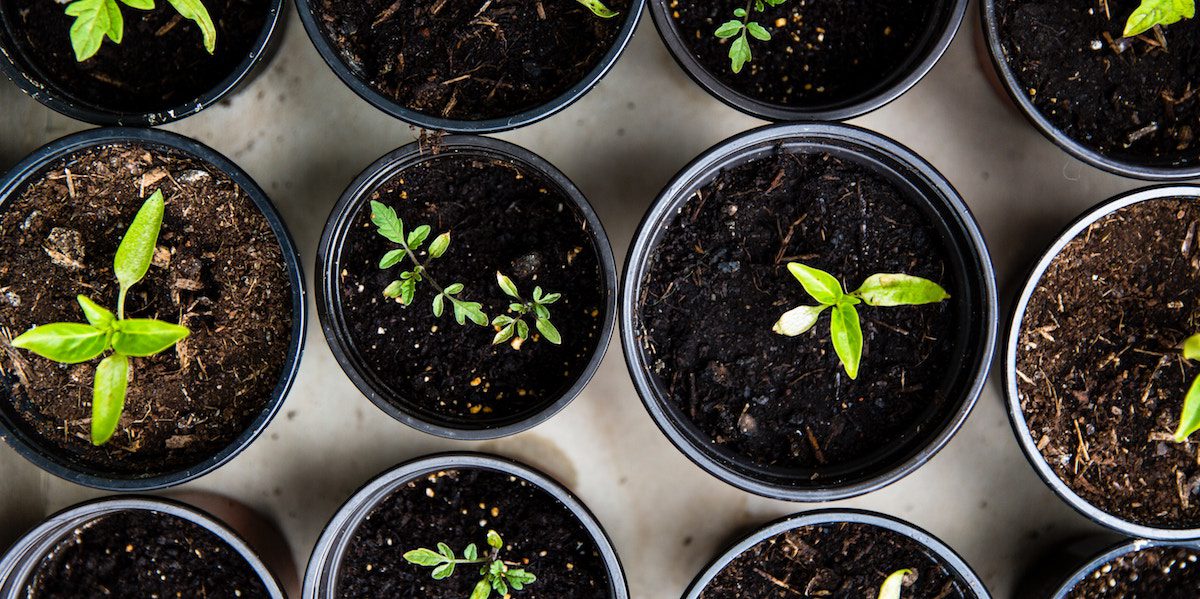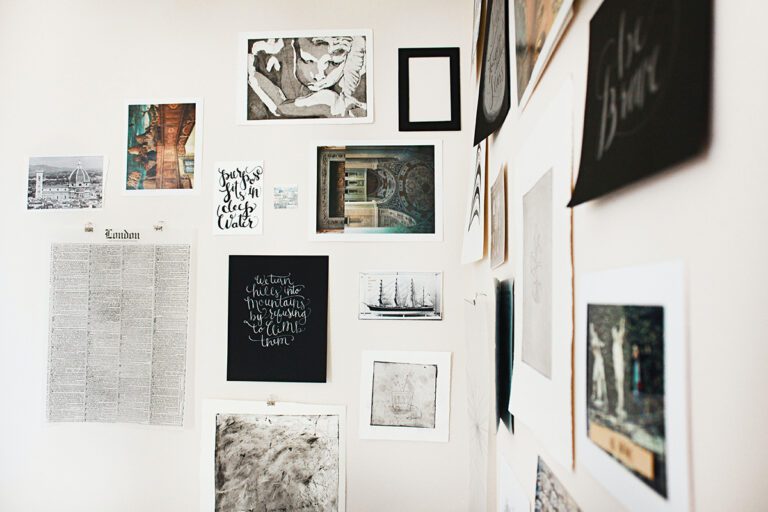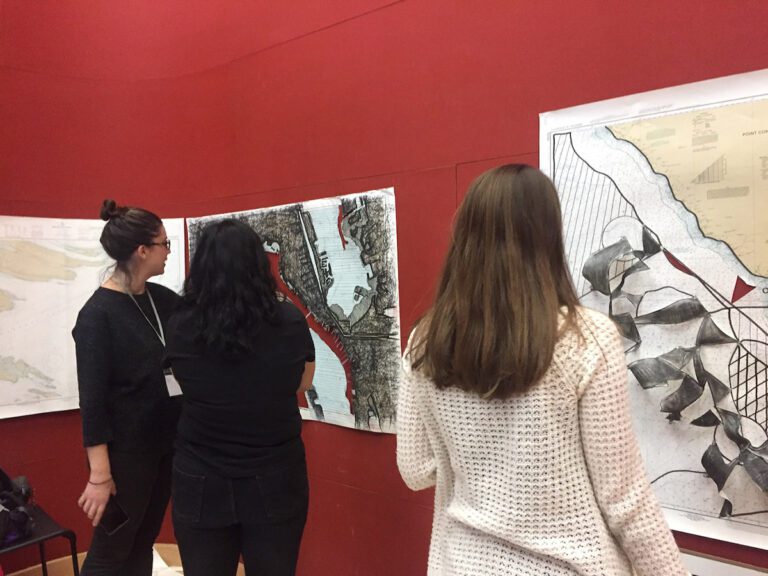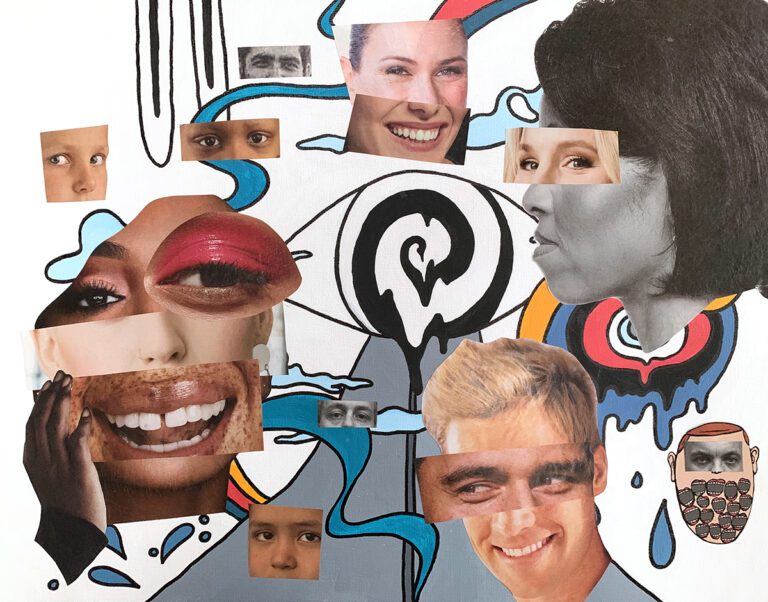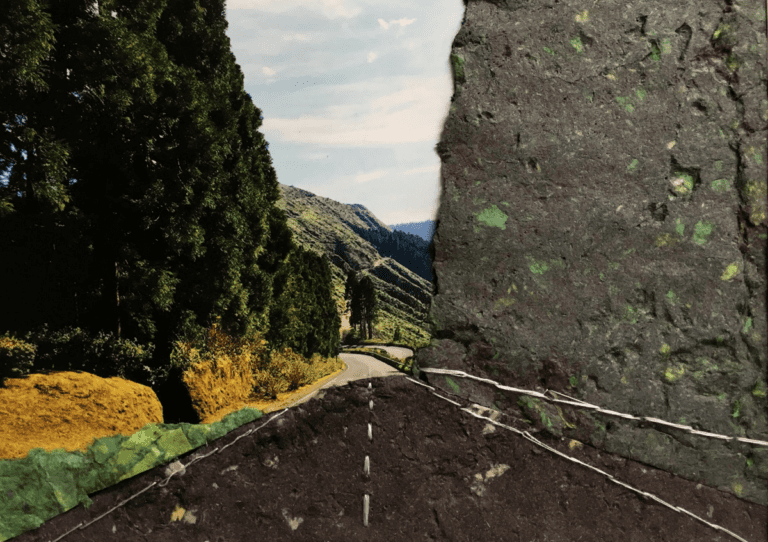It’s easy to think showing growth in the art room in a meaningful way is difficult. After all, with an increasing emphasis on student learning objectives, many art teachers feel relegated to basic qualitative data.
However, it is absolutely possible to show growth with an art-focused pre and post-test. Along with a rubric, this method allows students to see a visual representation of their growth beyond a change in score. Since I’ve started assessing in this way, showing students their artistic growth has become one of my favorite parts of my job.
Let’s take a look at how you can use this simple method in your classroom.

First, choose a project or skill you’re going to assess.
When thinking about showing growth, it’s a good idea to choose a project you know has a solid set of skills you can assess, teach, and re-assess. In my opinion, one of the best projects to try is a self-portrait. Students are always amazed at how far they have come. You might also consider skills like drawing from observation, drawing in perspective, or using color to create a specific mood in a piece.
Then, give a pre-assessment to see where your students currently are.
The next step in the process is to design a pre-assessment. This should directly relate to the skill you’re assessing. You might even have students do the same project twice with time for skill-building in between.
For example, when I begin a self-portrait unit with my fifth-grade students, the first thing I do is place mirrors in front of them and ask them to draw their best self-portrait. I ask that they stay quiet for the duration of class and really focus on creating the best work they can.
At the end of class, I collect their work and set it aside to return at a later date. This allows me an opportunity to see where individual students are in terms of their drawing skills. I can see who has strengths in observational drawing, shading, proportion, etc., and which areas are causing students the most struggle.
Next, teach new skills and allow your students to practice.
Over the next few classes, it’s time to work with students to improve their skills. In the case of the self-portrait project, this means we learn about proportion, symmetry, and range of value. I demonstrate drawing one feature of the face each class, check for understanding, and assist students who need extra help.
A fun activity I’ve found is to take coloring pages of superheroes and digitally erase a particular feature. Students are given the challenge to complete the picture by applying what they’ve learned. Once we’ve practiced each feature, I demonstrate drawing the face in proportion and give visual diagrams for student reference.
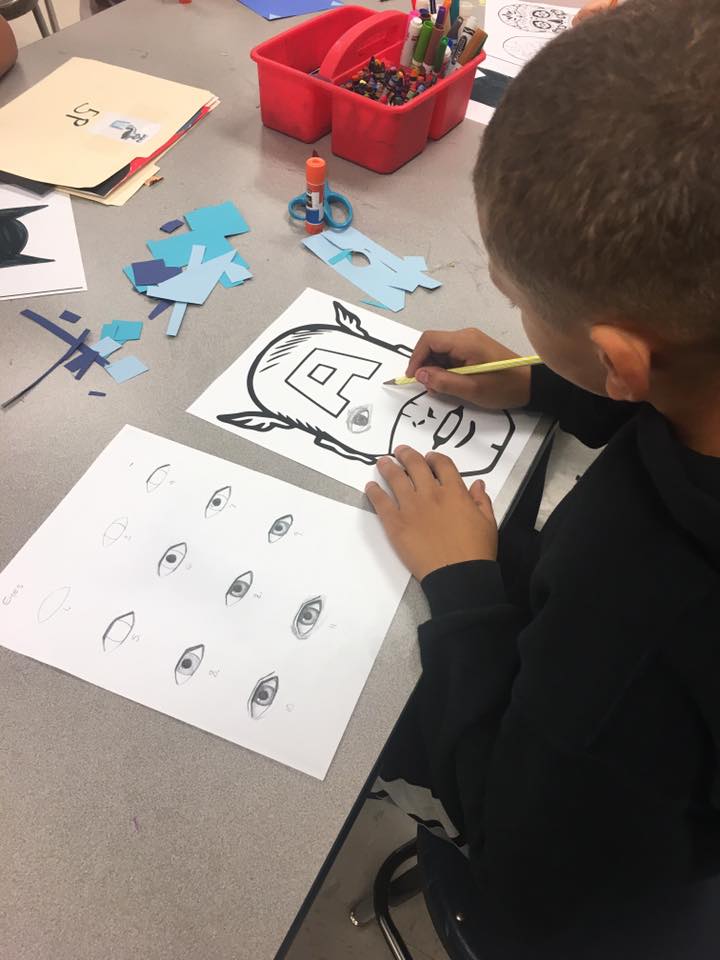
Finally, give a post-assessment to see what they’ve learned.
Now students are ready to show what they’ve learned! With the self-portrait project, this means they attempt to draw their face again. I pass out the mirrors and students begin work on their drawings. Students demonstrate the techniques and, generally, every student improves dramatically. I do allow students to work on this final self-portrait for more than one class period as they’re paying much closer attention to detail and using more techniques than they did initially.
The Results
Once everyone in the class has completed what they consider to be their best work, it’s time to pass back the pre-assessment. Students are amazed! In my class, I’ve even had students argue the pre-test I hand them isn’t theirs until they see their name signed on the back. The improvements are gratifying as a teacher, but so are the students’ own reactions. Many underestimate their potential, but I think when faced with concrete evidence, students start to gain confidence and believe in themselves a bit more.
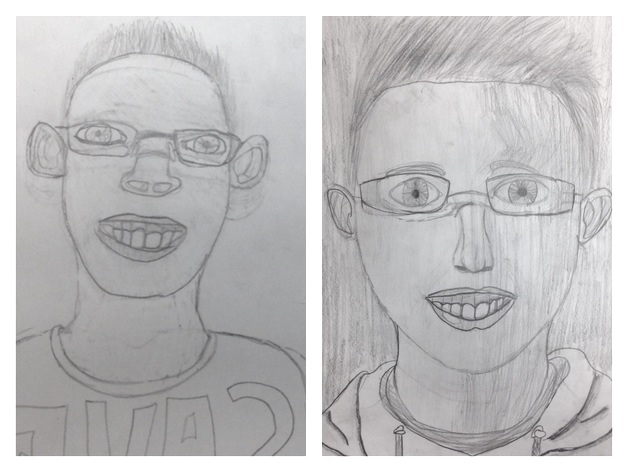
As the last step, ask your students to self-assess their pre and post-test work using the same rubric.
Ask:
- What score would you have earned on your pre-test?
- What score did you earn on your post-test?
In our self-portrait project, students grade themselves on proportion, symmetry, range of value, and composition. They not only see the difference and growth, but they also better understand the rubric by doing a self- assessment. This also gives me the information I need to show administration student growth and submit for student learning objective data.
Above all, this process is a practical and meaningful assessment for your students. You’re not just collecting data to meet a requirement, but using the pre-assessment to see where your students’ skill levels are and inform instruction moving forward.
Student learning objectives and data collection can be made meaningful in the art room. We simply need to think creatively to best serve our students and demonstrate their growth.
How do you collect data in the classroom?
Do you have any other creative methods to share?
Magazine articles and podcasts are opinions of professional education contributors and do not necessarily represent the position of the Art of Education University (AOEU) or its academic offerings. Contributors use terms in the way they are most often talked about in the scope of their educational experiences.
